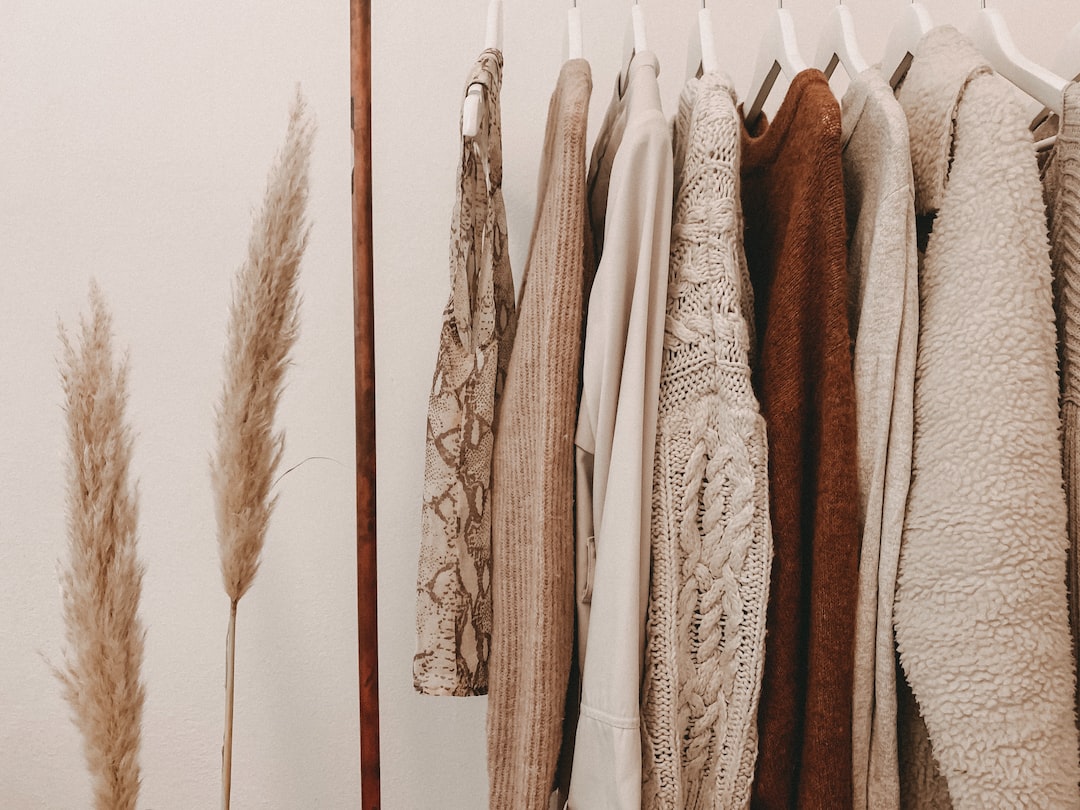Sustainable Fashion: How to Build an Eco-Friendly Wardrobe
In recent years, the fashion industry has started to take a more conscious approach towards sustainability. With increasing awareness about the environmental impact of fast fashion, many individuals are now turning towards building an eco-friendly wardrobe. But what exactly is sustainable fashion, and how can you make more conscious choices when it comes to your clothing? Let’s delve into this topic and explore how you can build an eco-friendly wardrobe.
First and foremost, sustainable fashion refers to clothing that is produced and consumed in a way that minimizes its negative impact on the environment and maximizes its social benefits. This involves considering the entire lifecycle of a garment, from the raw materials used to create it, to its production process, distribution, use, and eventual disposal.
One of the first steps towards building an eco-friendly wardrobe is to invest in high-quality pieces that are durable and made to last. Fast fashion, characterized by inexpensive and trendy clothing, often comes at the expense of quality and longevity. By opting for well-made garments, you can reduce the need for constant replacements and thereby minimize your overall carbon footprint.
Another essential aspect of sustainable fashion is choosing natural, organic, or recycled materials. Organic cotton, for example, is grown without the use of harmful pesticides and chemicals, making it a more environmentally friendly choice. Similarly, opting for clothing made from recycled materials, such as plastic bottles or old fabrics, helps to reduce waste and conserve resources.
When it comes to the production of your clothing, it is crucial to support brands that prioritize ethical practices. Many clothing companies have started implementing fair trade policies, ensuring that their workers receive fair wages and work in safe conditions. By supporting these brands, you are contributing to a more equitable and sustainable fashion industry.
An effective way to build an eco-friendly wardrobe is to focus on timeless and versatile pieces. Trends come and go, and embracing a minimalist approach can help reduce excess consumption. By investing in classic staples, such as a well-fitted pair of jeans or a little black dress, you can create a wardrobe that withstands the test of time and eliminates the need for constant fashion updates.
Thrifting and secondhand shopping are also excellent options for sustainable fashion enthusiasts. By buying pre-loved clothing, you not only give a new life to garments that would have otherwise gone to waste but also reduce the demand for new clothing production. Thrift stores, consignment shops, and online platforms like Depop or Poshmark offer a wide range of unique and affordable pieces that align with a more sustainable approach.
In addition to your clothing choices, it is essential to take care of your garments to extend their lifespan. Follow care instructions properly, mend any minor damages, and consider repurposing old clothes into new designs. You can get creative by turning old jeans into shorts or transforming an oversized shirt into a trendy crop top. Not only will this breathe new life into your wardrobe, but it will also help reduce waste and promote a circular fashion economy.
Lastly, remember to recycle or donate clothing when you no longer need or want it. Many organizations accept clothing donations, and this act of giving prevents clothes from ending up in landfills. Additionally, swapping clothes with friends or participating in clothing swaps in your community can be a fun and sustainable way to refresh your wardrobe without spending a dime.
Building an eco-friendly wardrobe is a journey that requires continuous effort and conscious decision-making. By opting for quality, natural materials, supporting ethical brands, embracing minimalist principles, and incorporating secondhand fashion, you can make a significant impact on the environment and contribute to a more sustainable fashion industry.
Remember, every small step towards sustainable fashion counts. Whether it’s repairing a favorite pair of jeans or choosing to invest in ethically produced clothing, your choices matter. Together, we can build a wardrobe that not only reflects our personal style but also aligns with our values and respects the planet we call home.

